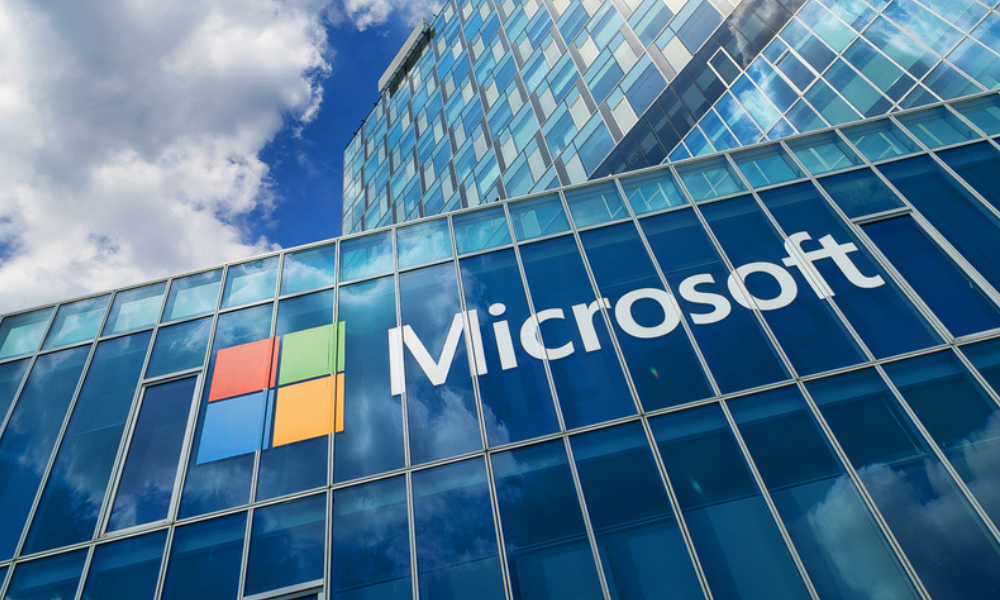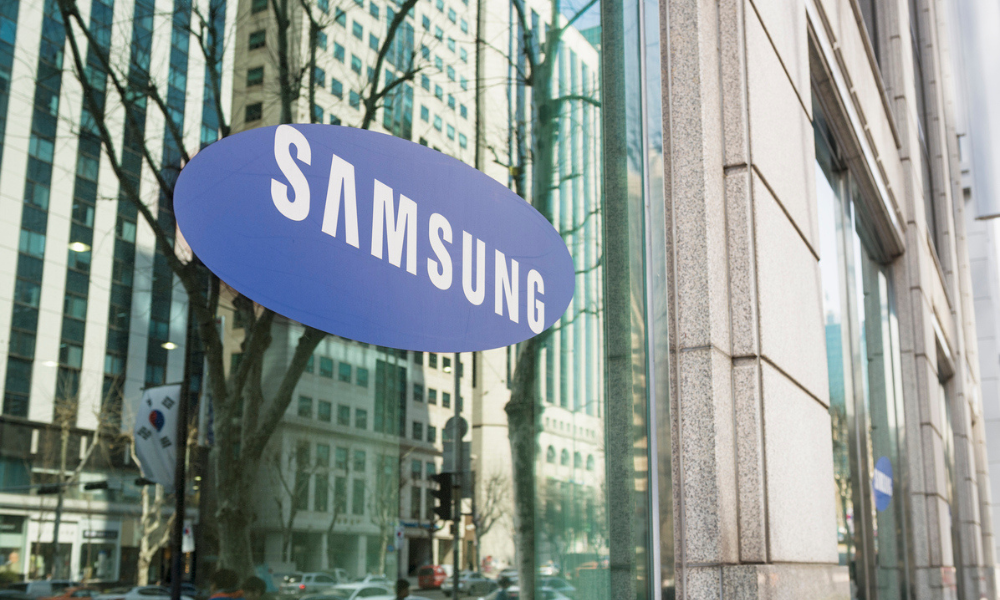More companies in Asia are recognising the role it plays in bolstering employee engagement and productivity
.jpg)
In Asia Pacific and globally, the promotion of wellness in the workplace has shifted from a CSR consideration to a strategic priority.
This is because more companies are recognising the role it plays in driving productivity and business results, according to a recently released report by Colliers International.
Additionally, jobseekers are expecting wellness programs as a key part of their benefits packages.
In a recent survey by insurer Cigna of countries across the region, 66% of respondents said it was important that their employer had a wellness programme in place, and 59% said such a programme would impact their decision whether to join a new employer.
Wellness programmes were even more highly valued by young people, and with millennials projected to make up 75% of the global workforce by 2025, they are a demographic that should not be ignored.
Workplace wellness is a vast field that can span everything from fitness incentive programmes to the office design and healthier cafeteria choices.
It is also a concept that needs to be embedded in the physical environment, factored into everything from office layout, acoustic planning to ambient lighting levels.
“Wellness is becoming a key component of workplace strategy with corporates increasingly looking to design the best workplaces to enhance employee engagement and productivity,” said Victoria Gilbert, wellness consulting lead, Asia at Colliers International.
While technology has blurred the lines between “work” and “life”, it has also given rise to innovative solutions that can transform wellness and empower employers as well as employees to foster healthier working environments.
New technologies play a vital role in fostering wellness in the work environment, whether through control or automation of variables like lighting and temperature, or the monitoring of factors like air quality and energy use.
This will ultimately contribute positively to business results by reducing the usage of utilities, as well as health or productivity-related losses.
Further, innovative solutions, such as wearables, health apps and online fitness communities, empower employees to stay healthy and take greater responsibility for their own health.
While the challenges and solutions may vary from firm to firm when implementing wellness programs, there are some general best practices that companies can adopt:
- Start small and leverage existing resources
- Demonstrate leadership
- Think in terms of ROI and VOI (return and value of investment)
- Engage employees
“The data around employee health and well-being makes it clear that Asia Pacific has some way to go in the pursuit of workplace wellness,” Gilbert said.
“But with related technologies growing more sophisticated and international standards taking root in developed and emerging markets, I’m positive that wellness is the way of the future in the workplace.”
Related stories:
Stress contagion spreads across Singapore
Top reasons why Singapore staff choose to stay







